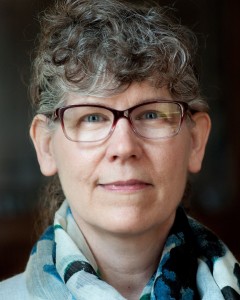I write this from Jamison Square in the heart of the Pearl District of Portland, Oregon. This urban beach is Portland’s biggest kid magnet. An ingenious design fills the shallow basin every 15 minutes with water spilling from layers of mini waterfalls emerging from the sandstone benches. The continuous drainage eliminates stagnant water and greatly reduces the risk of accidental drowning. Even the youngest Portlanders frolic here safely.
This park started out as a vacant lot on which a memorial was to be built. Community members disagreed about the memorial’s design. Opposing sides, over time and in consultation with experts, came together around the current design, with the water feature added after further thought. Jamison Square is a micro model for bringing about systemic change to a divided community.

The Great Schools for All Coalition seeks to create that productive safe space where the community, over time and in consultation with experts, comes together around proven strategies for helping all students succeed. The experts we’ve consulted believe that children in school buildings steeped in poverty have significantly more hurdles to jump over to be successful. Not that poor kids can’t learn, but that any child who comes to school hungry, wearing the same clothes as yesterday and the day before, without having slept well or completed homework, is not prepared to soak up knowledge.
We understand that buildings with 40 percent or fewer students who qualify for free or reduced price lunch are buildings where teachers are not overwhelmed by the needs of students and every child is able to fulfill her promise. We’ve read about successful strategies in Hartford and Omaha and Minneapolis and we’ve visited schools in Raleigh, NC, using socioeconomic integration and have seen the evidence of success first hand. What we seek now is to create the productive safe space for conversation and community engagement to experiment with these ideas locally. Having 18 schools districts with many different constituents in Monroe County make this a potentially difficult and very robust conversation, but not an impossible conversation.
The kind of productive safe space GS4A wants to cultivate is referred to as the “Yes Zone” by Neal Ewald, Senior Vice President of Green Diamond Resource Company. Ewald’s logging company tussled with activists for decades over cutting old growth forests. Ewald and the activists eventually engaged in conversations that identified a common thread of interests. Following this thread, the activists and loggers found their Yes Zone, the place to experiment with different designs around a core idea.
The Legislative Work Group of GS4A aims to introduce legislation that would turn Monroe County into a type of “Yes Zone,” where school districts could work together to socioeconomically integrate learning. Such a place is not currently available due to legal obstacles. Successful ideas coming out of the GS4A Yes Zone may include magnet schools open to students from anywhere in the county, shared learning partnerships between two or three districts, or shared sports and arts facilities along the lines of the BOCES model. And, of course, the Yes Zone will allow us to consider your proposals.
What is our Yes Zone’s coalescing idea — our common thread?
That all children can learn and each child deserves a chance.
Join the conversation at gs4a.org
